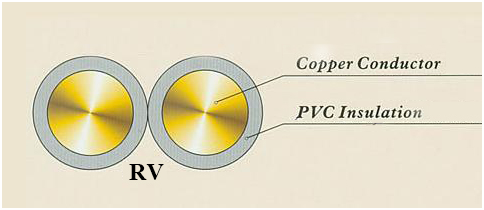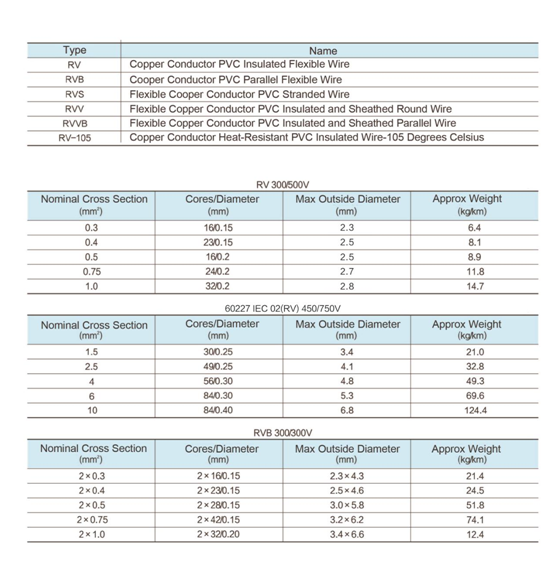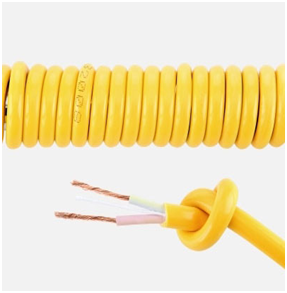0 Preface
With the rapid development of the laser industry, lasers have been widely used in industrial processing, such as laser cutting, laser marking, laser trimming, laser heat treatment, etc., in addition to being used as medical equipment in the medical field.
Laser welding is a method in which the focused laser beam is used as an energy source to bombard the heat generated by the weldment, and is one of the important aspects of the application of laser material processing technology.
The digital control system based on ARM can effectively solve the problem of accuracy, stability and reliability of laser. Digitalization and intelligence are the inevitable development direction of laser. Using ARM to extend the function of the laser power supply can effectively improve the cost performance of the power supply, simplify the hardware structure of the laser power supply, enhance the automation of the whole machine, and provide favorable conditions for the function expansion of the whole machine. This paper focuses on the function expansion design of laser power supply control system in laser welding applications. It uses ARM to control the system setting of laser power supply, including switch control, laser parameter setting, grating control, light valve control, temperature control, etc., which effectively solves the laser. The accuracy, stability and reliability of the welding process, as well as the addition of a human-machine interface (HMI) display control friendly interface, is more convenient to use.
1 Laser power control function requirements
Laser welding has been involved in aerospace, weapon manufacturing, shipbuilding, automotive manufacturing, pressure vessel manufacturing, civil and medical applications, so laser power supplies have unique design requirements in laser welding processes, except for laser generators. The performance is high, and it also requires high efficiency, high reliability, long working life, etc. The laser power products in practical applications also need to expand and optimize the function of the control system. The design is mainly from the following aspects. consider:
1.1 Display and control
The display screen of the traditional laser mostly uses dot matrix liquid crystal display. Since the liquid crystal display can only be used as a display device, the system needs to use the keyboard or the button as an input device to set the parameters of the laser light source. Here, the human-machine interface (ie, touch screen) is used as the display and control interface, which is more convenient to operate and the interface is more friendly. Using ARM as the CPU to control the system, the output laser pulse waveform can be precisely controlled to meet the welding requirements of different workpieces.
1.2 Heat dissipation
Many parameters of the laser power source, such as wavelength, threshold current, efficiency, and lifetime, are closely related to temperature, so it is desirable to have as low a stable operating temperature as possible. Experiments have shown that when the operating environment temperature rises, the output power of the laser power supply will decrease, and for every 30 °C increase in the laser power supply case, the service life will be reduced by an order of magnitude [6-7]. The laser system uses water-cooled cooling and cooling, so the system requires over-temperature detection.
1.3 gas valve and grating
For the practical application of laser welding, the personal health and safety of the operator should be fully considered in the welding process. Therefore, in designing the laser power control system, it is also necessary to comprehensively consider other auxiliary functions. For example, high temperature causes vaporization of the metal to generate smoke during welding, and laser scattering also affects the eyes of the operator during the welding process. Therefore, it is necessary to add gas. Valve control and raster control.
The main function of the valve control is that when laser welding, the high temperature will vaporize the metal to generate smoke, and an air pump will be set to blow off the generated smoke, and after the welding is finished, the time delay will be blown for 5~10 s. In the process of laser welding, the operator's eyes are protected, and the welding is required to close the grating to avoid astigmatism from being radiated to the human eye during welding. Therefore, the system needs to have a grating control function.
1.4 Spot adjustment
There are two requirements for the control of the spot. One is to set the upper and lower limits of the spot; the other is to adjust the size of the spot through the human-machine interface, that is, to adjust the diameter of the spot.
1.5 Precision laser pulse control
The IGBT power controller is used as the main switching device to control the output pulse of the laser lamp [8-9]. Generally, the laser power source uses a single-segment square laser pulse, and the solder joints may have sputtering, potholes, and perforations.
The basic principle of laser welding is:
(1) The surface of the metal is activated, preheated in the early stage to avoid excessive heating and let the metal surface be sputtered;
(2) In the initial stage of the laser surface, the laser needs a large power to melt the metal surface;
(3) After the surface metal is melted, during the deep melting process, such a large power is not needed, otherwise a large molten pool will appear. At this time, it is necessary to appropriately reduce the power to ensure that the molten metal pool does not continue to expand;
(4) When the required melting depth is reached, if the laser is directly cut off, the surface of the molten pool may be hardened and closed, and pores may occur. In this case, it is necessary to further reduce the laser power and slowly fade out the laser power to allow the molten metal to melt. Reflow solidification to ensure the smoothness of the laser solder joint.
PVC insulated flexible wire refers to electrical wires with excellent flexibility. This kind of wire adopts pvc insulation, which is very resistant to corrosion, impact, abrasion, weathering, and even chemical rotting, therefore it can well protect the inside conductor and ensure large electricity transmission capacity. Also the wire has a decent mechanical strength, presenting a super performance when acted by mechanical force. This wire finds its application in household appliances, Mini Electric Tools, instruments, lighting & other electrical equipment.
Advantages:
- Corrosion & abrasion resistant
- Resistance to breakage
- Large tensile strength
- Good moving performance
- Good softness
- Excellent elasticity and stickiness
- Resistance to skin effect
- Long life span


Standard:
GB/T5023.3-2008
Rated Voltage:
450/750V

Application:
- Household electrical appliances
- Small electric power tools
- Instruments
- Apparatuses
- Lighting devices
- And many more...
Welcome to visit our factory to learn more about us. If you have any questions, please feel free to contact us.
PVC Insulated Flexible Wire,Flat PVC Jacket Flexible Wire,PVC Jacket Flexible Wire,Flat Flexible PVC Insulated Wires
Smartell Technology Co.,Ltd , http://www.liencable.com